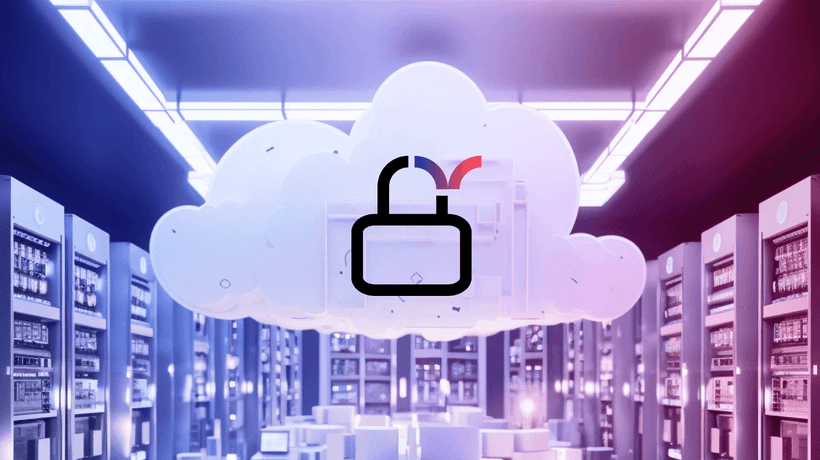Cloud-Native Security Tools for Multi-Cloud Environments
Cloud Security Analyst at Cyscale
Tuesday, May 16, 2023

As organizations continue to move their workloads to the cloud, security concerns have become a top priority for CISOs. With multi-cloud environments becoming the new norm, cloud-native security tools have emerged as the go-to solutions for securing:
- cloud infrastructures,
- cloud-native applications,
- and cloud services.
What is Cloud-Native Security and How Do You Achieve it?
Cloud-native security refers to security measures that are specifically designed to protect cloud-native environments. As organizations adopt cloud platforms, security vulnerabilities become more complex, and traditional security solutions are no longer capable of delivering reliable insights.
To address these challenges, cloud-native security tools should be designed to:
- provide real-time, contextual alerts for misconfigurations,
- help organizations meet compliance requirements, and
- automate security processes.
Through targeted alerts, users obtain insights into their cloud computing infrastructure and can, contextually, see how misconfigurations impact their apps. Utilizing contextual alerting, security teams can easily identify and prioritize crown jewel assets and by cutting through the noise avoid the alert fatigue which is commonplace in most organizations.
To help meet compliance requirements, cloud-native tools provide auto-generated compliance reports, aiding companies with their audit process, as well as metrics to accurately measure the progress.
By automating security processes, DevOps teams can streamline the software development lifecycle of their applications and shift their attention to important aspects. Risk caused by human error is reduced, and security policies are guaranteed to be consistently applied across all cloud environments.
Cloud-Native Security Tools in Multi-Cloud Environments
Achieving complete security and compliance in multi-cloud environments is extremely challenging. It is time-consuming to correlate all assets, their relationships, and the risk attached to them across multiple cloud service providers such as AWS, Azure, and Google Cloud as each cloud provider comes with its own tools.
Let's look at the options companies currently have to secure their cloud:
For Microsoft Azure:
- Azure Defender for Cloud,
- Azure Active Directory,
- Azure Firewall, and others.
For AWS (Amazon Web Services):
- AWS Identity and Access Management (IAM),
- AWS WAF (Web Application Firewall),
- AWS GuardDuty.
For Google Cloud:
- Google Cloud Security Command Center,
- Google Cloud IAM,
- Google Cloud Armor.
However, these tools are typically designed to work within their own ecosystem. To cover multi-cloud systems and to obtain a clear understanding of each system’s security, a company needs a more comprehensive, purpose-built solution.
The answer to this problem is a centralized platform for managing application security across all environments. A CNAPP (Cloud-Native Application Protection Platform) is a security solution designed to protect cloud-native applications. It combines the following functionalities:
- CSPM (Cloud Security Posture Management),
- CWPP (Cloud Workload Protection Platform),
- CIEM (Cloud Infrastructure Entitlements Management),
- KSPM (Kubernetes Security Posture Management, and
- Container security.
A CNAPP tool is capable of providing:
- Visibility,
- Security controls,
- Compliance features,
- Container image scanning,
- IAM (Identity and Access Management) assessments, and many others.
A key advantage of CNAPP solutions is their ability to integrate with all cloud providers. This allows them to monitor cloud workloads and provide real-time alerts and remediation steps for their users.
Cyscale is a CNAPP tool that brings together multi-cloud infrastructures and, using powerful dashboards and security controls automatically highlights misconfigurations and vulnerabilities, saving teams considerable time on remediation.
Using this security platform, users can ensure that their cloud native technologies are in good hands. In the Cyscale app, you can find the following:
- Over 400 controls across AWS, Azure, Google Cloud that check for misconfigurations and contain remediation steps to safeguard sensitive data,
- Powerful dashboards, such as the ones for Data Security, IAM, or Containers,
- Many compliance frameworks with editable policies and metrics to track your company’s progress and help it in the audit process, and others.
In conclusion, cloud-native security tools are essential for maintaining cybersecurity in a multi-cloud environment and delivering a consistent risk-based view to the business.
Cloud Security Analyst at Cyscale
Sabrina Lupsan merges her academic knowledge in Information Security with practical research to analyze and strengthen cloud security. At Cyscale, she leverages her Azure Security Engineer certification and her Master's in Information Security to keep the company's services at the leading edge of cybersecurity developments.
Further reading
Cloud Storage
Misconfigurations

Build and maintain a strong
Security Program from the start.
Cloud Compliance in
2025: An In-Depth Guide
The whitepaper talks about ISO 27001, SOC 2, PCI-DSS, GDPR, HIPAA.
Download WhitepaperShare this article
Stay Connected
Receive our latest blog posts and product updates.
TOP ARTICLES
Cloud Native Security
Our Compliance toolbox
Check out our compliance platform for cloud-native and cloud-first organizations:

LATEST ARTICLES
What we’re up to

Why the world needs Cyscale in a post-Wiz era





